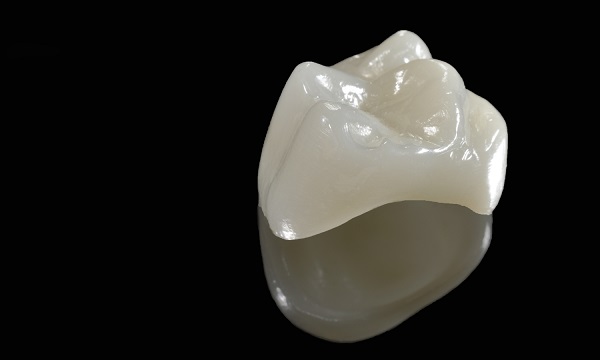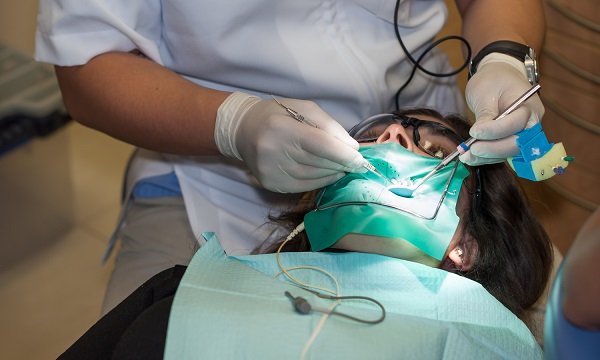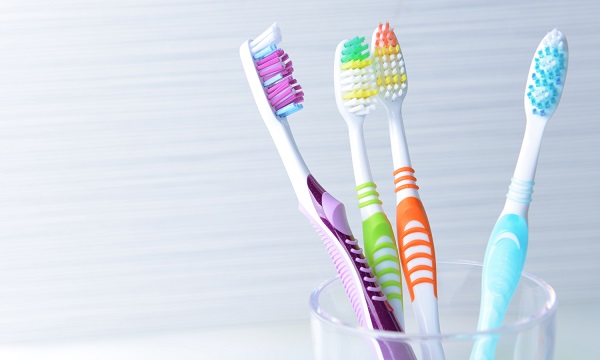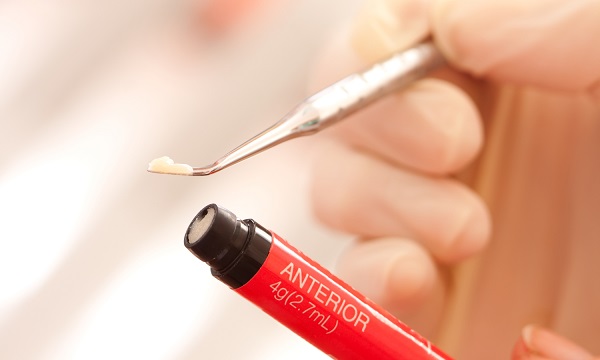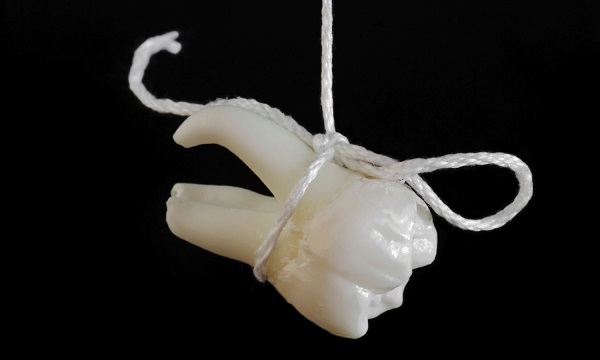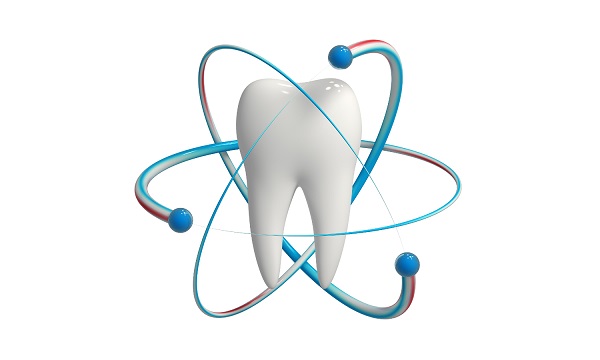A filling is for smaller damage done to teeth. Damage may be caused by decay, trauma or developmental defects. A filling helps to restore the tooth back to its normal function, shape and appearance. It also helps prevent further decay by eliminating areas where bacteria can enter the tooth.
Dr. Lynette Lim will carefully consider which type of restorative material is best for you. This involves evaluating the extent of the repair, ie. how much tooth structure will be left once the decay is removed and how will the restoration hold onto the tooth. The cosmetic requirements are also taken into consideration along with the risk of future decay or breakages. Back teeth are usually under a lot more pressure compared to front teeth so required to be made of stronger materials. The bigger the filling, the harder it is to sculpt for function and appearance. Bigger fillings are also more likely to break compared to smaller ones so require more frequent replacements. Each time a filling is replaced, it often requires more tooth removal thus making the subsequent fillings larger. Therefore sometimes a stronger, initially more financially expensive material may be more biologically economical and eventually financially better decision in the long run.
When regular fillings are not strong enough, ceramic or gold overlays/crowns are required. We do not do Amalgam-black fillings. But we are happy to replace them for you. We only do tooth-coloured fillings commonly referred to as “White”Fillings”. There are various types of fillings available including:
- Composite Fillings:
Composite resin is a tooth coloured filling material that is commonly use as it has good cosmetic and strength properties. This material is placed in incremental layers into the cavity and light cured. The last increment is shaped and polished. Made of: A mixture of powdered glass quartz, silica or other ceramic particles added to a resin base Advantages: Match the color of teeth well and polishes well Can be completed in one dental visit Bonds directly to the tooth to hold it in place so there is less drilling of healthy tooth structure involved than with amalgam fillings as amalgam fillings require mechanical under-locks made to hold the filling securely. Composite resin can be used in combination with other materials, such as glass ionomer, to provide the benefits of both materials. Disadvantages: Can discolour over time Not suitable for larger restorations as they are physically not stong enough Alternatives: Crowns/onlays are sometimes good alternatives to large composite fillings as they offering excellent long term durability.
- Glass Ionomer Fillings:
A glass Ionomer is tooth coloured filling material that is best used in non-biting force locations or baby teeth. It chemically bonds to enamel and dentine. This material is injected into the cavity and allowed to set. Once set the material can be finished. Made of: Acyrlic and fluoroaluminosilicate glass particles. Advantages: It releases a small amount of fluoride over time reducing risk of decay under and around the filling. It chemically bonds with the tooth tissue It is tooth coloured to match your existing teeth Can be completed in one dental visit It can be used in conjunction with composite to form a strong tooth coloured filling Disadvantages: It is weak if put under load so wears or breaks more easily compared to other dental materials. It does not match teeth colour as well as composite resin nor does it polish as well so often looks more matte when compared to composite resin. Alternatives: Composite can be used often as alternative, but it does not release fluoride nor seal as well as glass ionomer, especially around the necks of the teeth.
As teeth are alive, when removing decay for a filling we often numb the area with local anesthetic so that the procedure is less uncomfortable for you. Once numb, the decay is carefully removed, the prepared surface is then cleaned, kept dry and sterile while the filling material is placed and cured with a special light. The bite on the filling is adjusted so it is comfortable. The end result is a custom sculptured restoration for your individual tooth to get it looking and functioning as best that it can.
 By Dr. Lynette Lim
By Dr. Lynette Lim

